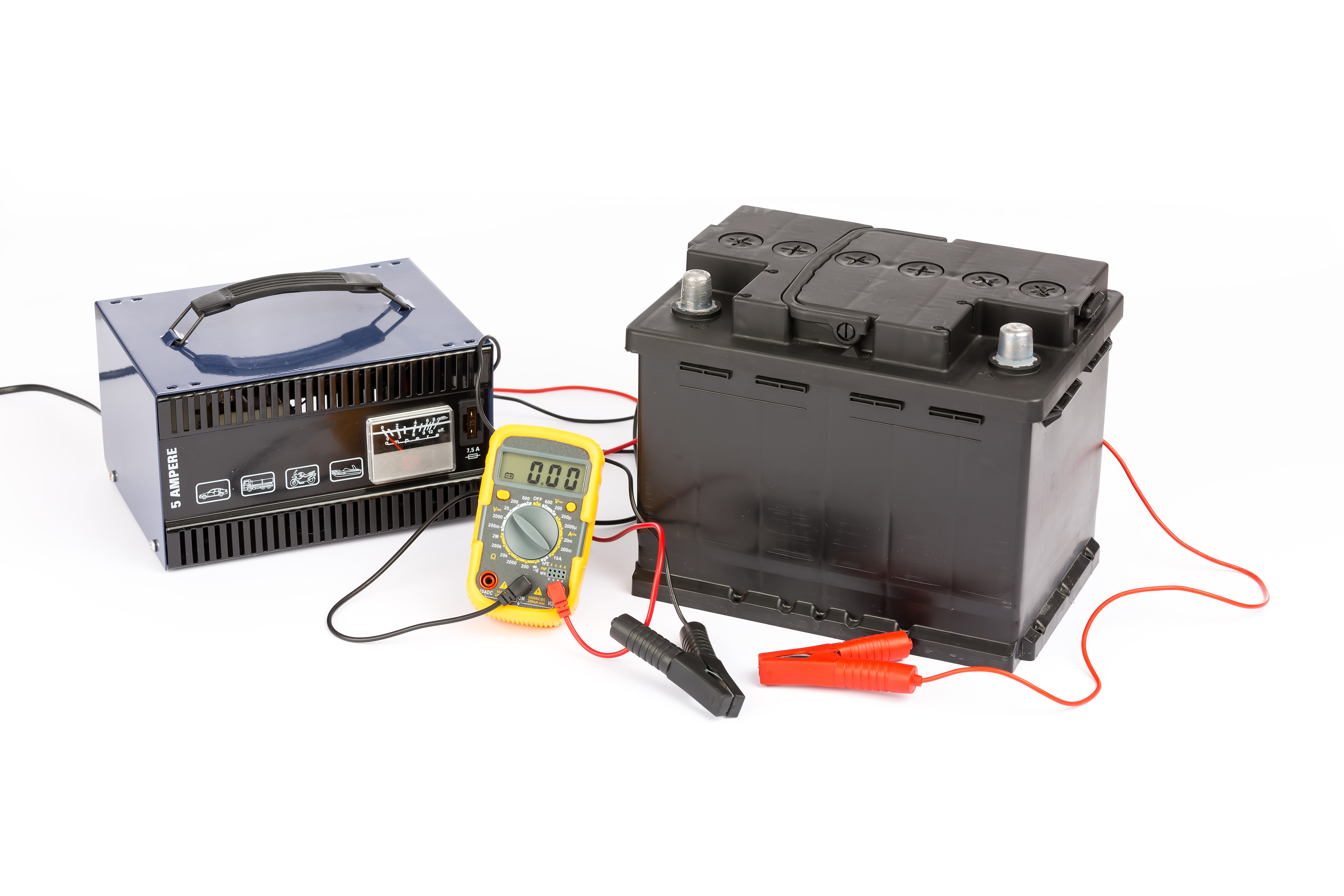
What is the Peukert Effect?
The Peukert effect describes how a battery's capacity is directly affected by the speed at which it is discharged or, in other words, the effect that different discharge rates will have on the available capacity of the battery. The Peukert value or exponent is directly related to the battery's internal resistance. The higher the internal resistance, the higher the losses while charging and discharging, especially at higher currents. This means that the faster a battery is discharged, its available ampere-hour capacity will be lower. Conversely, if it is drained slower, the AH capacity is higher.
For instance, a 100 AH battery (rated at the 20-hour rate) will deliver a steady 5 amp draw for 20 hours before the battery voltage drops to 1.75 volts per cell. However, if discharged at a current of 100 amp, this same 100AH battery will only deliver approximately 47 total amp hours.
The Peukert formula for a battery's capacity at a given discharge current is: Cp = I n t, where Cp is the capacity available with any given discharge current; I = the discharge current; n = the Peukert exponent, which is a result of Time (T2 minus T1) divided by Current (I1 minus I2), which can be determined by carrying out two discharge tests and measuring the time to 1.75vpc with each being at a different discharge current (I). Each test should be dramatically different regarding the discharge current. One high and one low is best.
